We have another cooperative time-based table game from Wiggles 3D, the creative minds behind 5-Minute Dungeon. In 5-Minute Mystery, you and anyone else playing must find out who committed one of countless crimes against the museum curator.
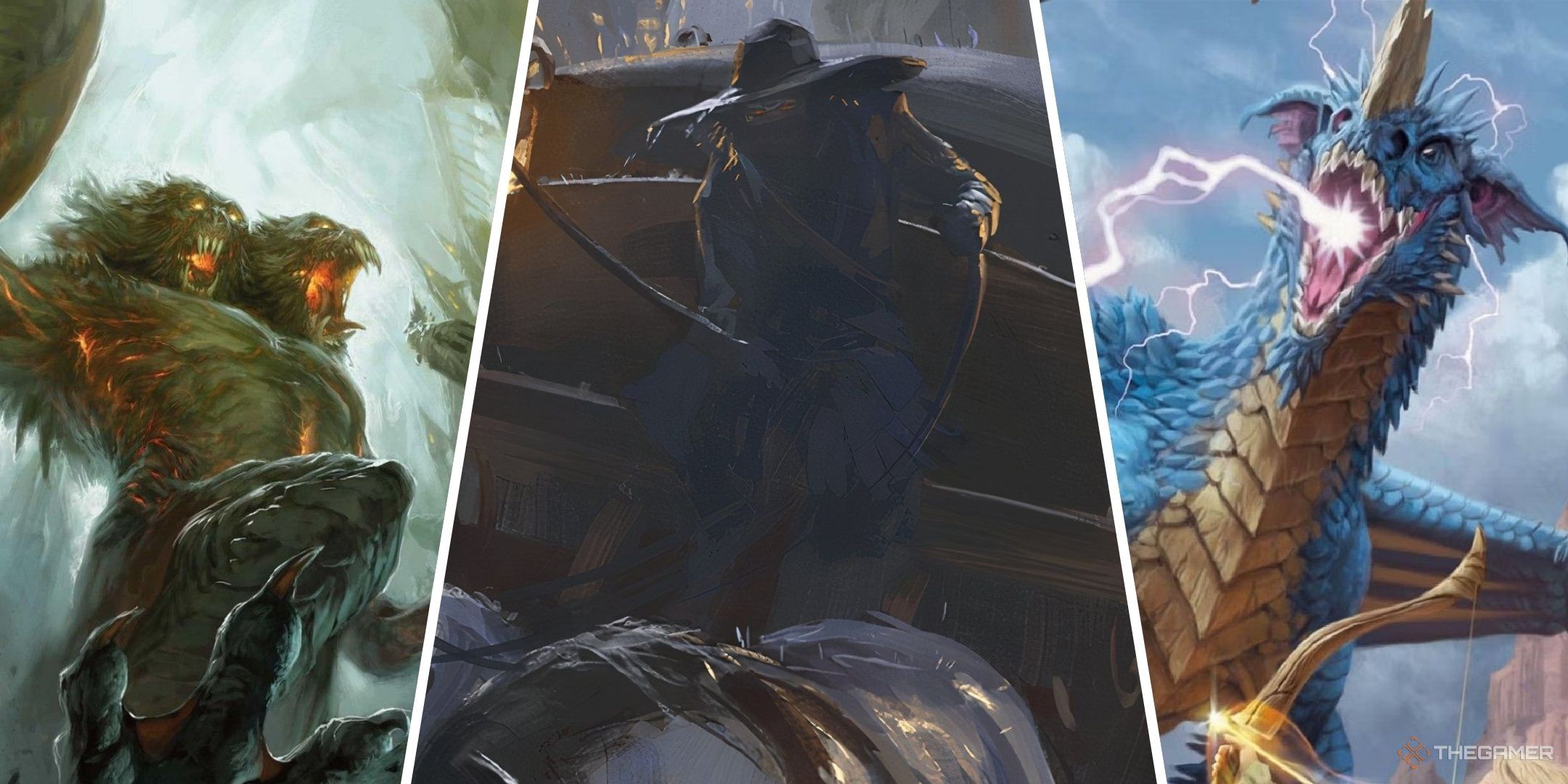
Related
Dungeons & Dragons: Best Official Adventures For Beginners
Here are the best official adventures for beginners in D&D!
The process is relatively simple: find hidden shapes in scenes, tell them to whoever holds the Codex, so you can unlock evidence-related clues. Repeat this process until you narrow down the suspects to just one person. But with the right advice, you can go from failing every other game to winning fairly regularly.
Actually Check The Reference Cards
The game provides reference cards to check as you play. While it only takes a couple of games to render the symbol part obsolete, the evidence information can be critical.
By comparing the accessory colors to the most common accessories of the suspects in your hand, you can get a better idea of which clue color will be most likely to yield the biggest difference in narrowing down suspects.
Unsure if a suspect has fur, skin, or scales? Look at the background of the suspect card; that texture will match its clue type.
Show The Codex To The Rest Of The Team
The rules instruct that one person be the Codex holder while the rest of the team examines the scene for the right symbols. But the rules also state that Codex holders are allowed to look at the scene, and scene checkers can look at the Codex.
Since failing a scene requires starting over with a new scene, showing the Codex to the scene checkers for confirmation before locking it in can save valuable time.
Share Your Cards
You don’t have to keep your suspect cards a secret. You’re free to share your information, or even just show the cards, to everyone else. When you can see everyone’s cards, you can consider better angles than the ones that would only serve you.
In the example image above, one hand of cards all show animals with skin, while the other shows animals with scales. While this might imply the next clue should be purple, closer examination reveals that almost all cards have either a monocle, glasses, or a fan, making blue clue cards far more likely to yield positive results.
Come Up With Codenames For Each Shape
Each shape can appear in one of several variations. Careful wording is needed when describing these shapes to the Codex holder. Unless, of course, you don’t describe them.
As you become familiar with the shapes, you can start assigning codenames to them to shorten explanation time. Is that a hollow square with three smaller squares sticking out of the top, or is it “castle square?”
It doesn’t even need to be a sensible name. My games call the cross shape depicted in the image “the Full Monty.” It explains nothing, but the Codex holder knows what we mean, so it still works.
Keep Track Of Your Favorite Goal Cards
There are a lot of different goals to strive for beyond the traditional “find the culprit” format. These goals, organized by difficulty, offer unique twists to the rules and interesting challenges to keep the game feeling fresh. Not all goals hit the mark, though. Some are certainly more fun than others.
Keep track of the goals you found particularly fun, whether that’s by writing their name down or leaving a mark on the cards. This way, you can quickly jump to the all-star options when you want to show your friends the best this game has to offer.
Don’t be afraid to come up with your own homemade goals, too. If you think of an interesting gimmick, give it a test run. If it’s a success, you can write it on a piece of paper and add it to the goal pile.
Not All Scene Clue Shapes Are Obvious
Most of the shapes in each scene are a bit out of place. They’re simply some lighter or darker shading against an object, as if painted there. Or so you’d think.
Sometimes, a scene will have a super tricky place for one of the shapes. This can be a circle replacing the O in a sentence or the eye in a fish. When you have a scene you just can’t solve, consider setting it aside so you can look for those tricky shapes after the game.
Make It Easier (Or Harder)
The goal cards play fast and loose with the rules, and so can you! Wanting a more casual experience? Play without a time limit. Want more of a challenge? Ban code names or other key words, forcing the party to come up with new ways to describe shapes.
As you’re playing, pay attention to which aspect of the game you find too hard/easy and adjust it accordingly.
Consider keeping a ‘house rules’ paper inside the box to be reference in future games.

Next
The Disney Lorcana Story So Far, Explained
Unsurprisingly, there’s a fair bit of lore to remember in Lorcana!


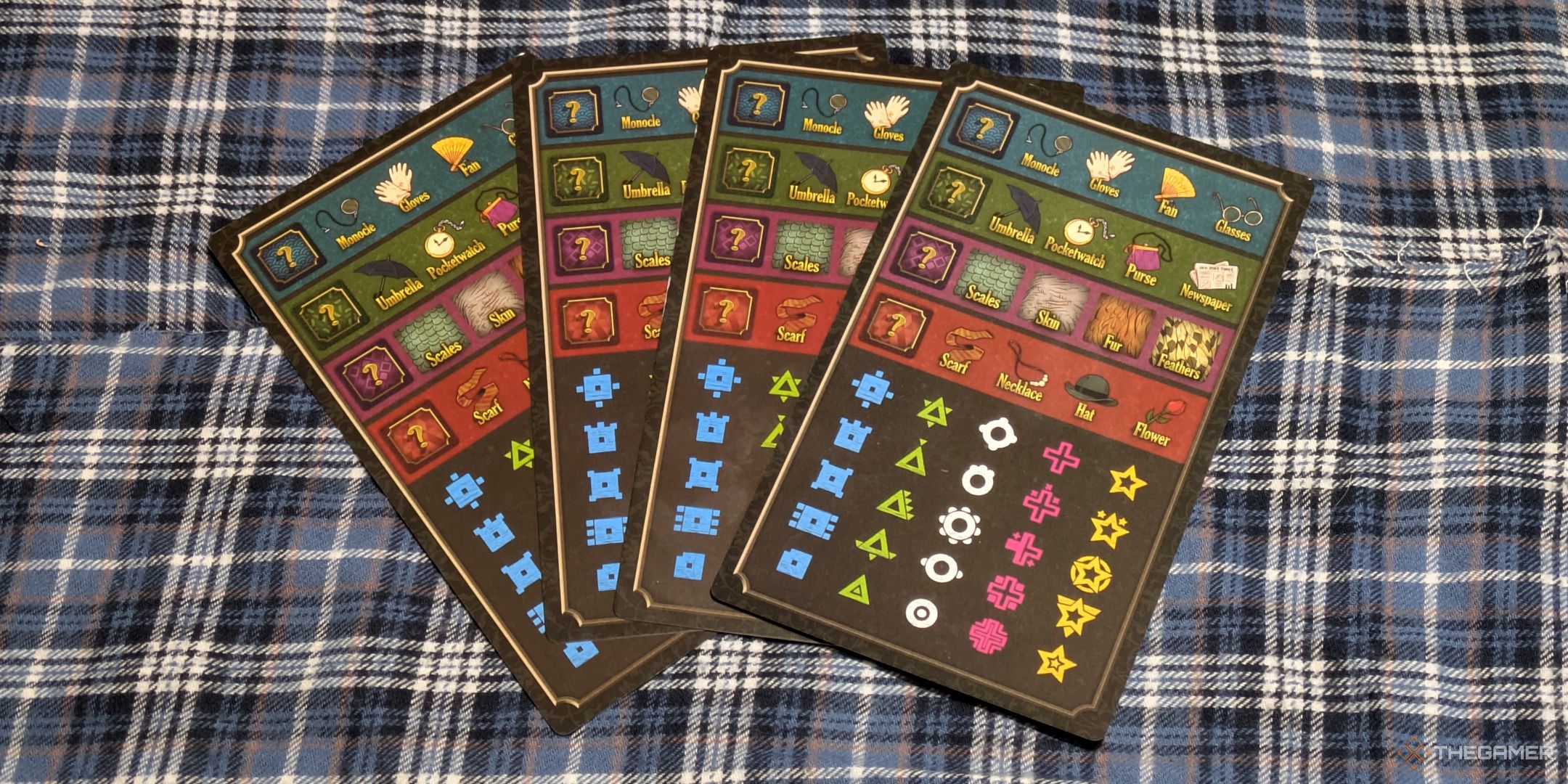

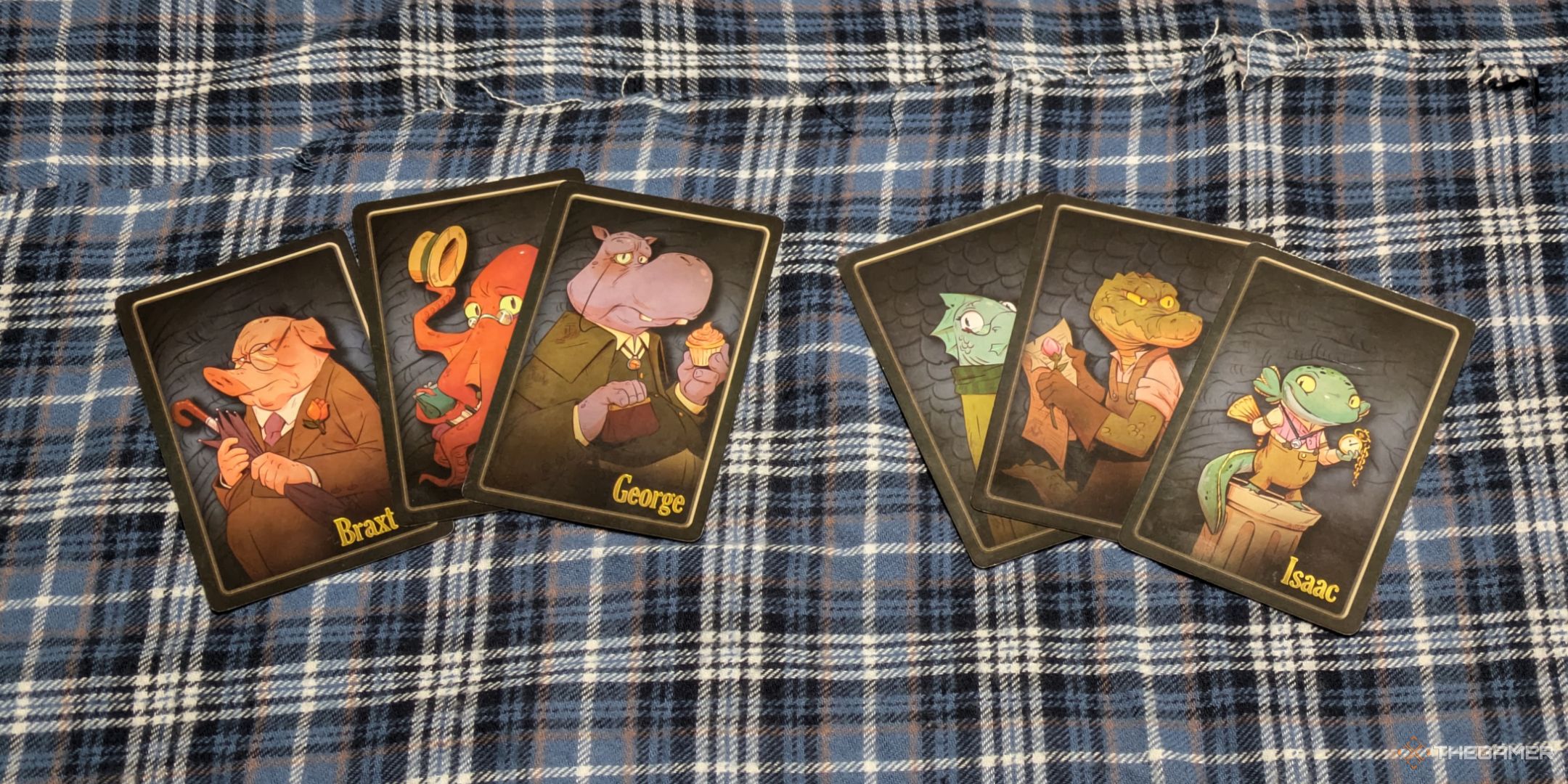

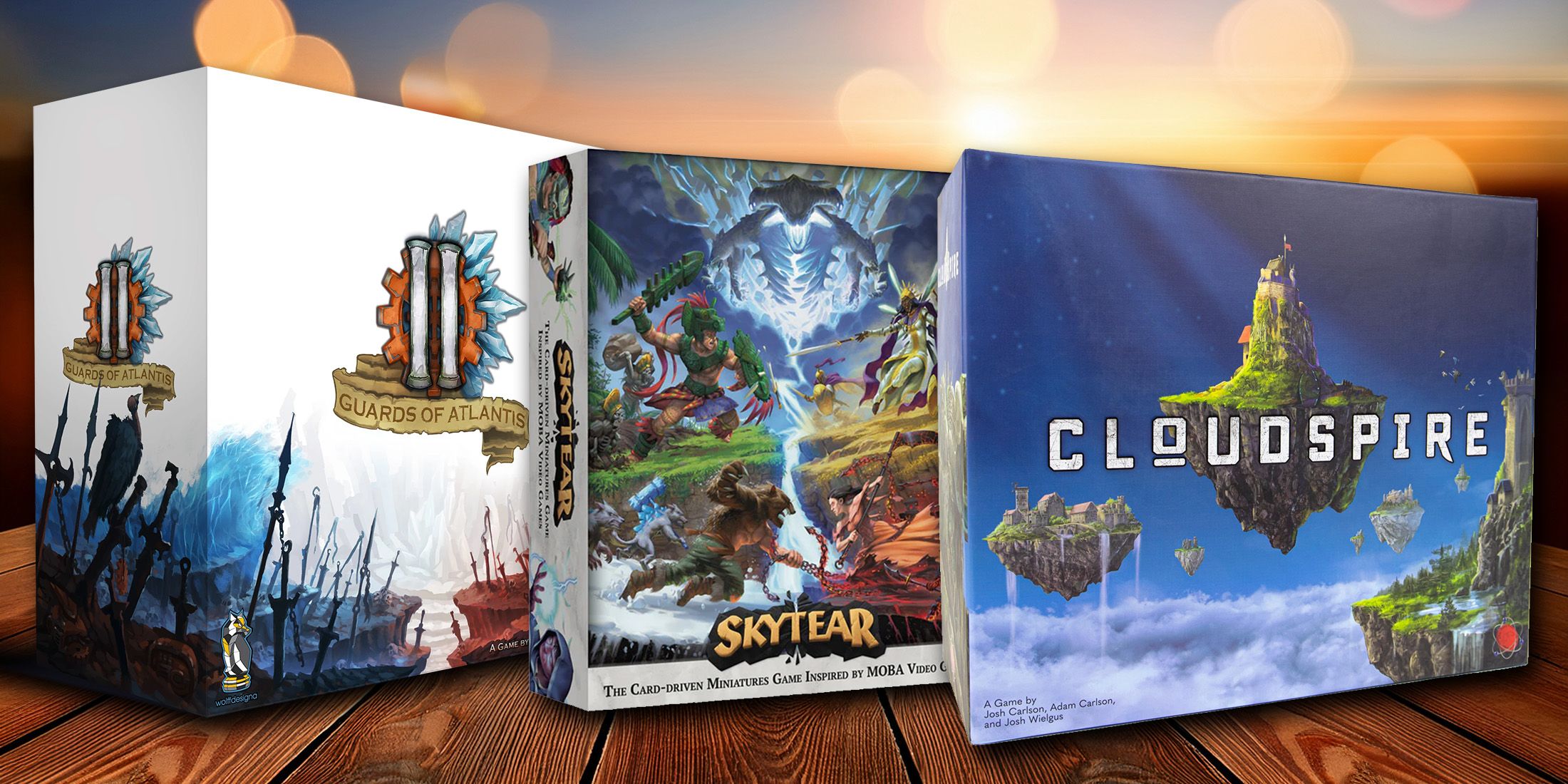
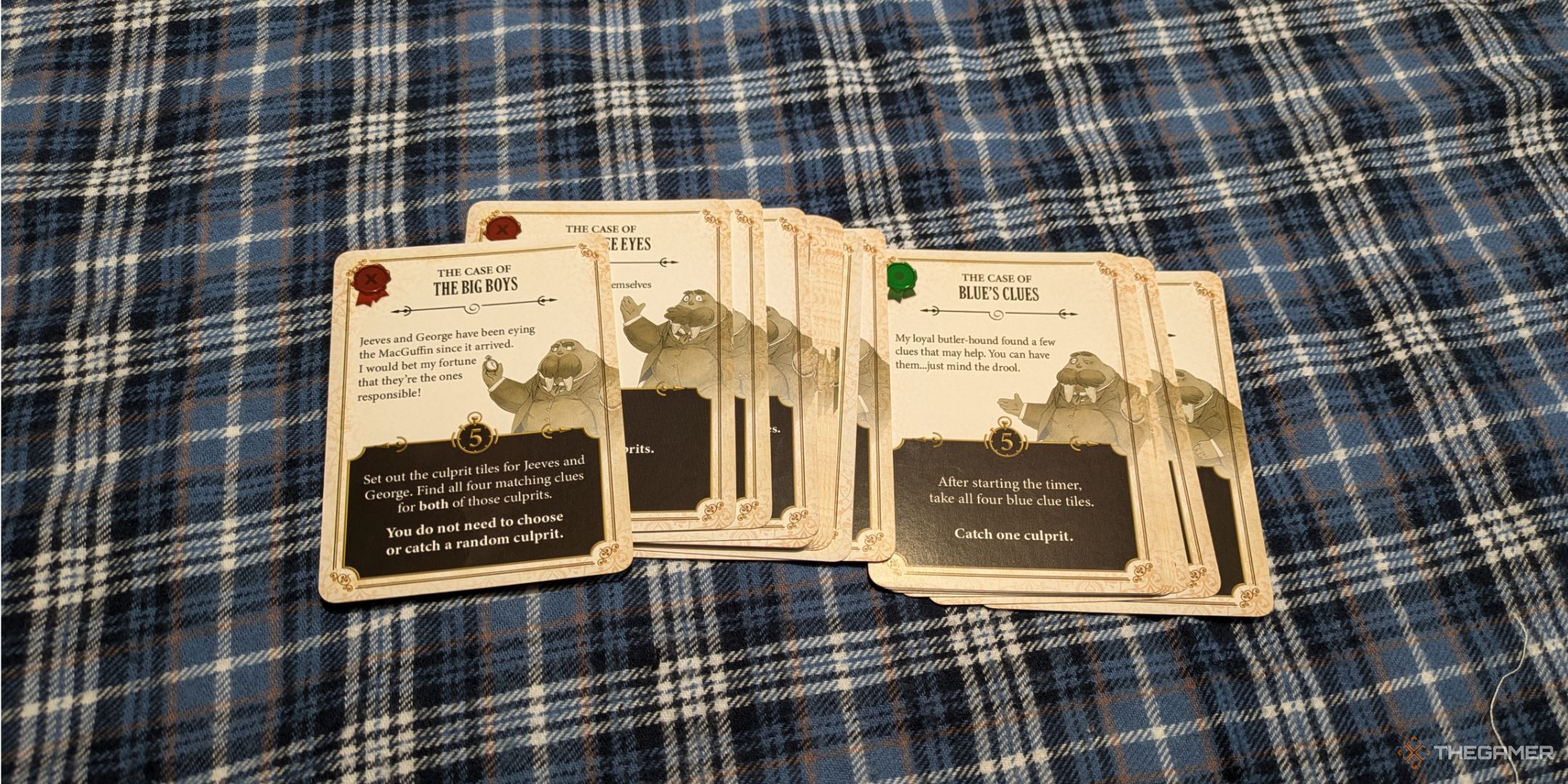
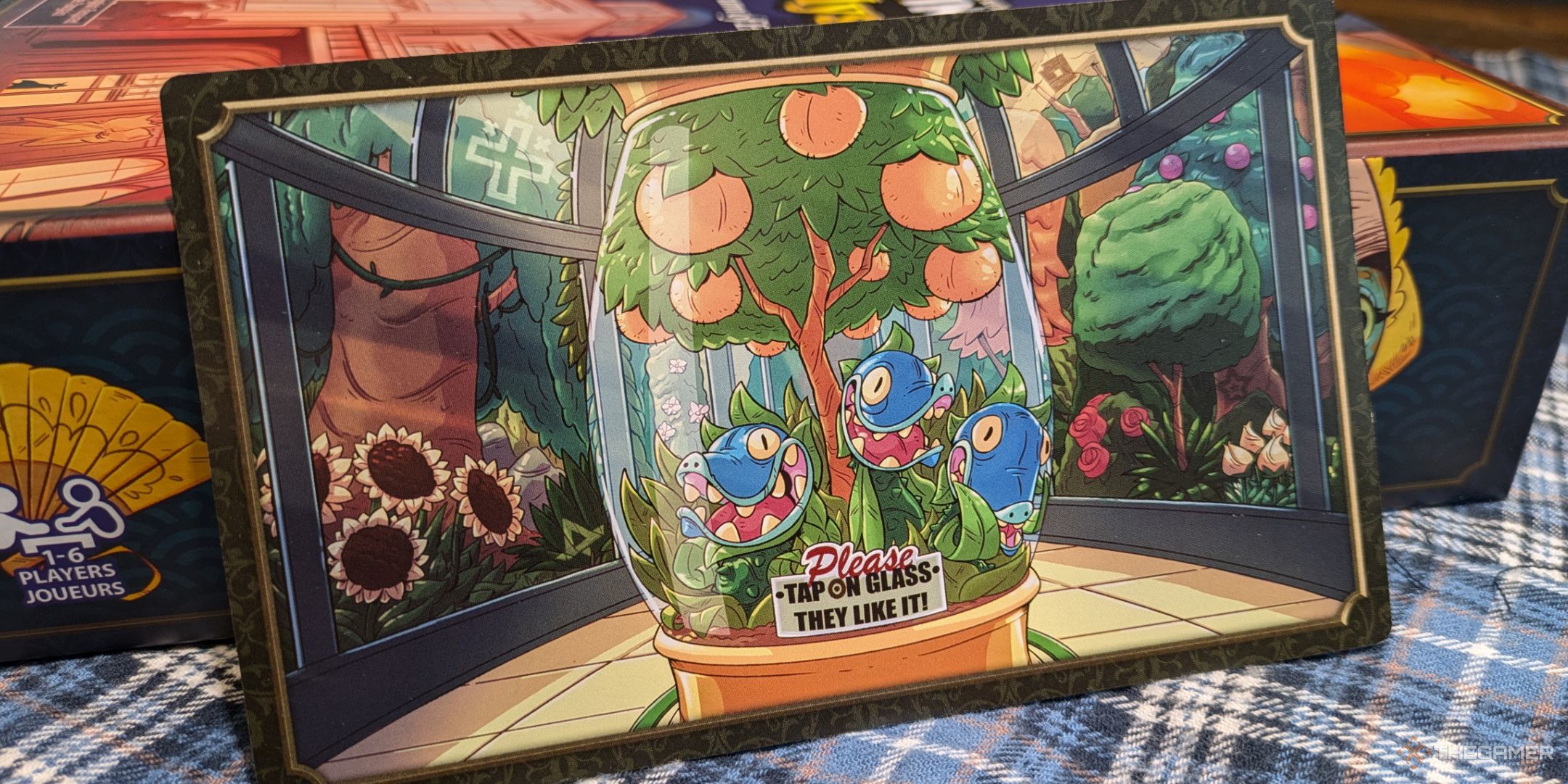
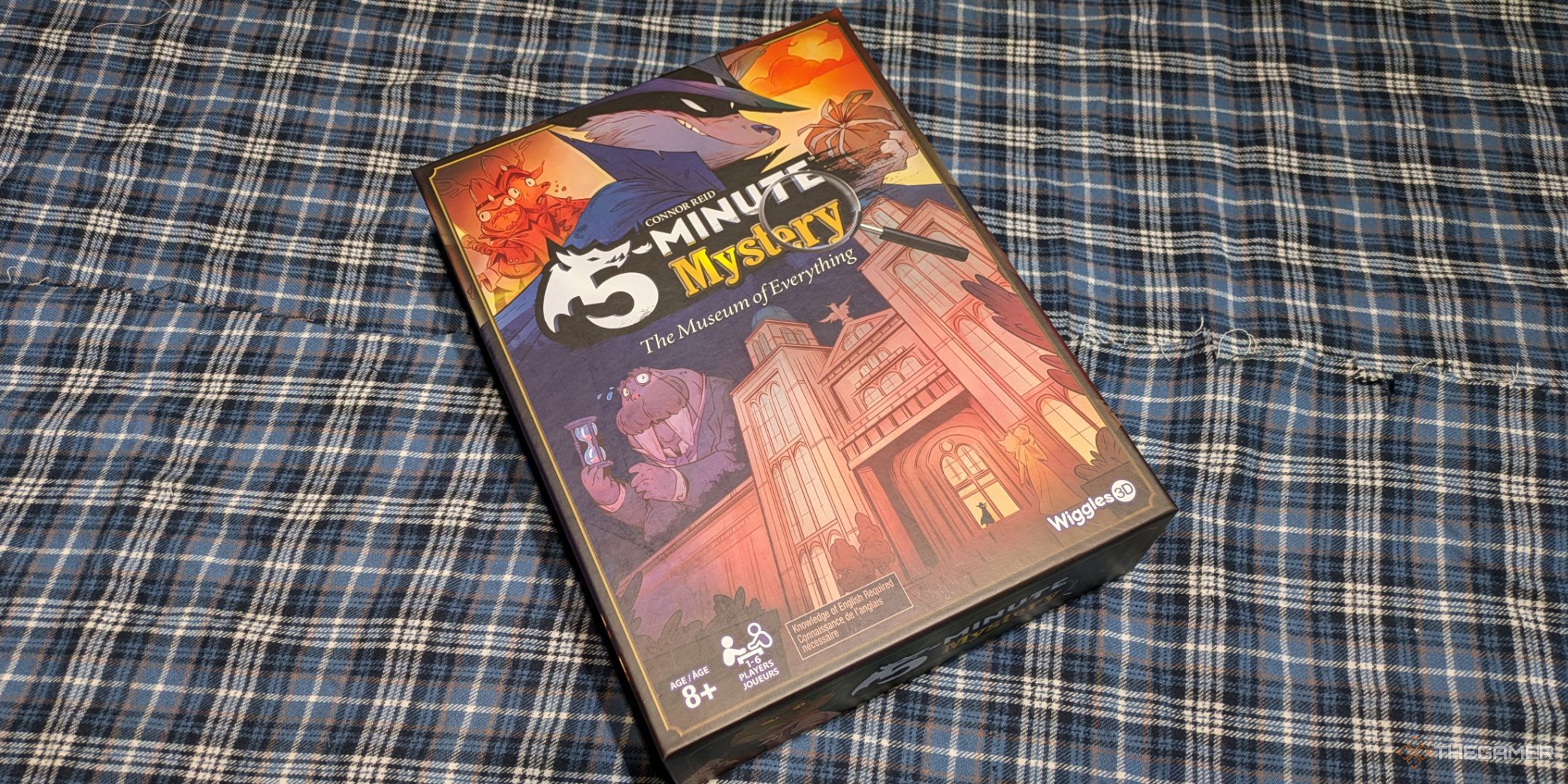




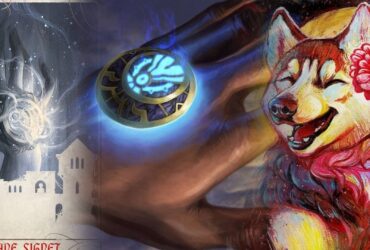
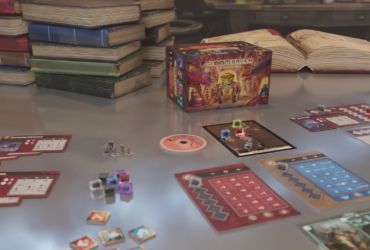
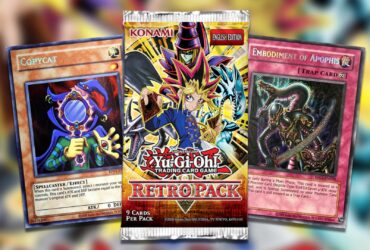


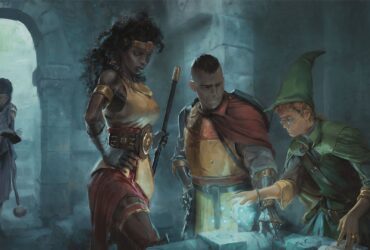
Leave a Reply